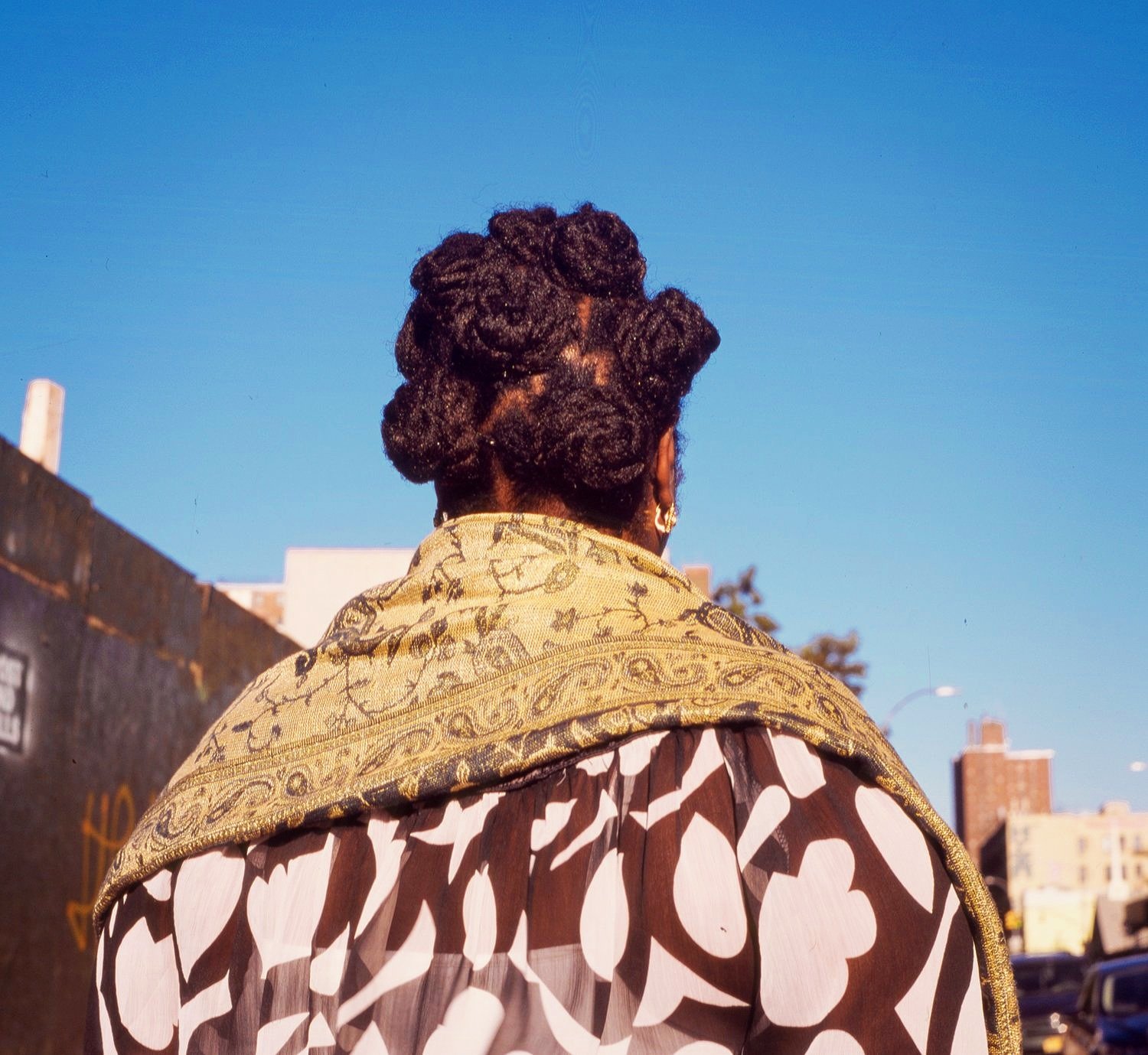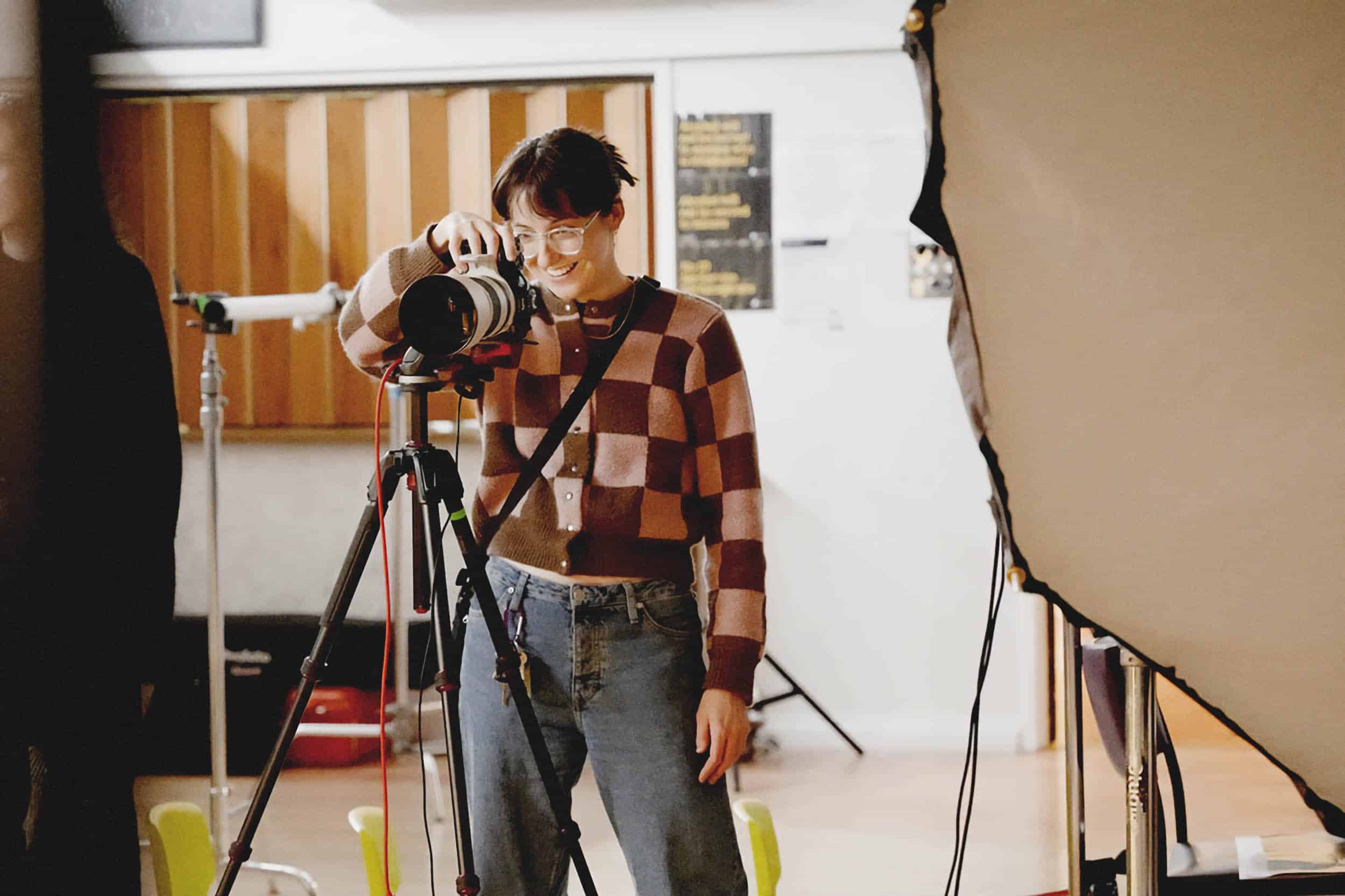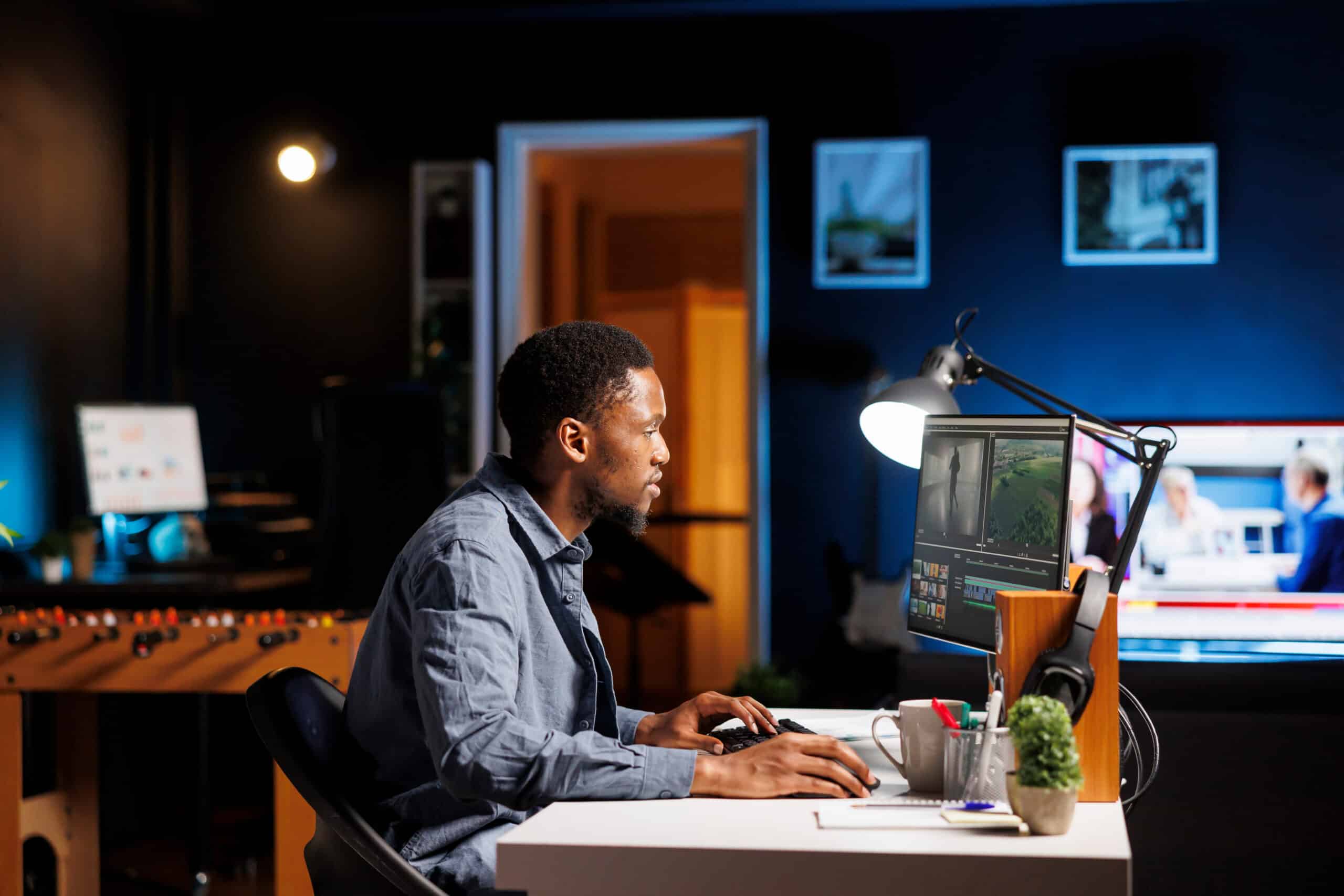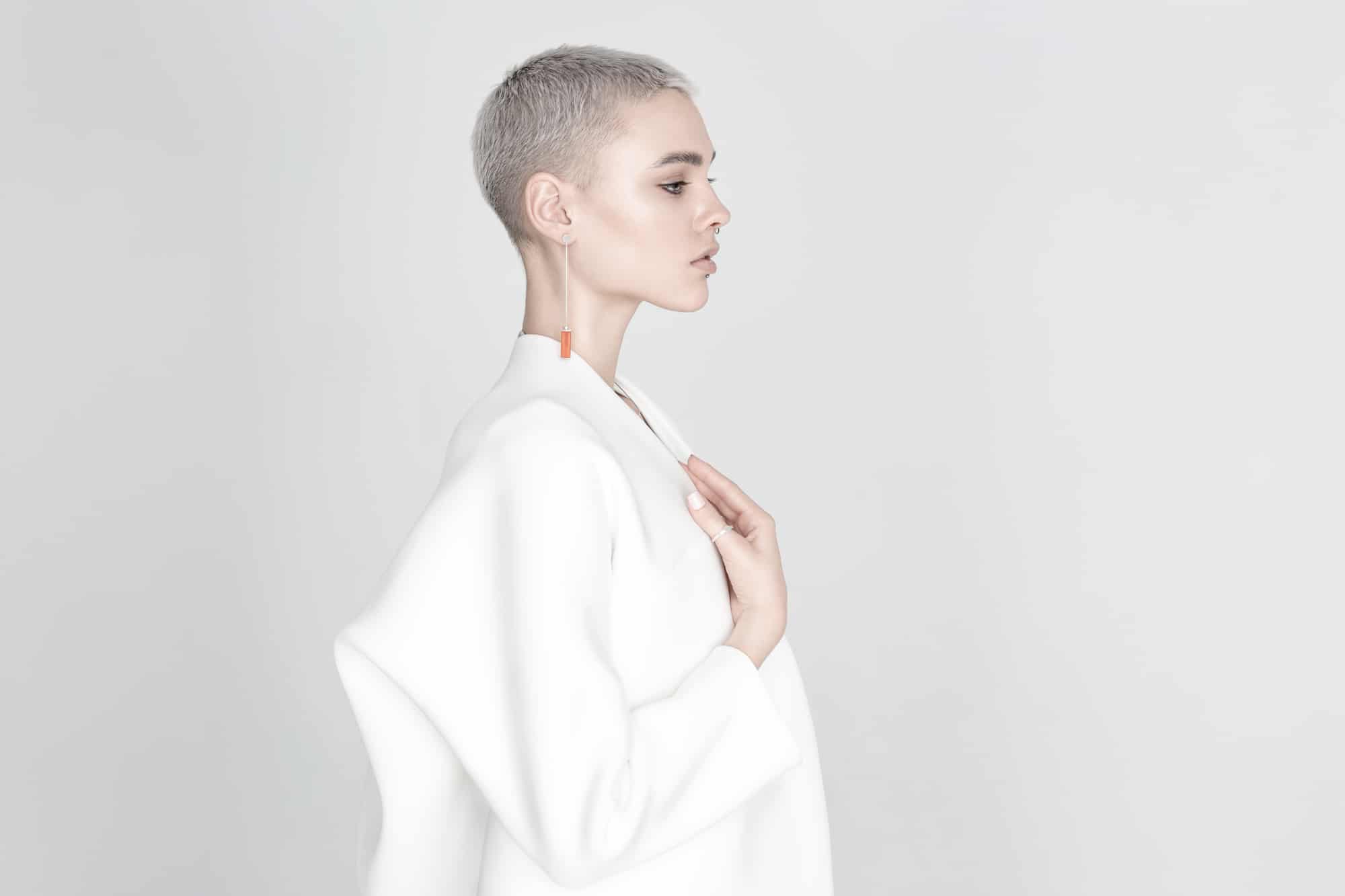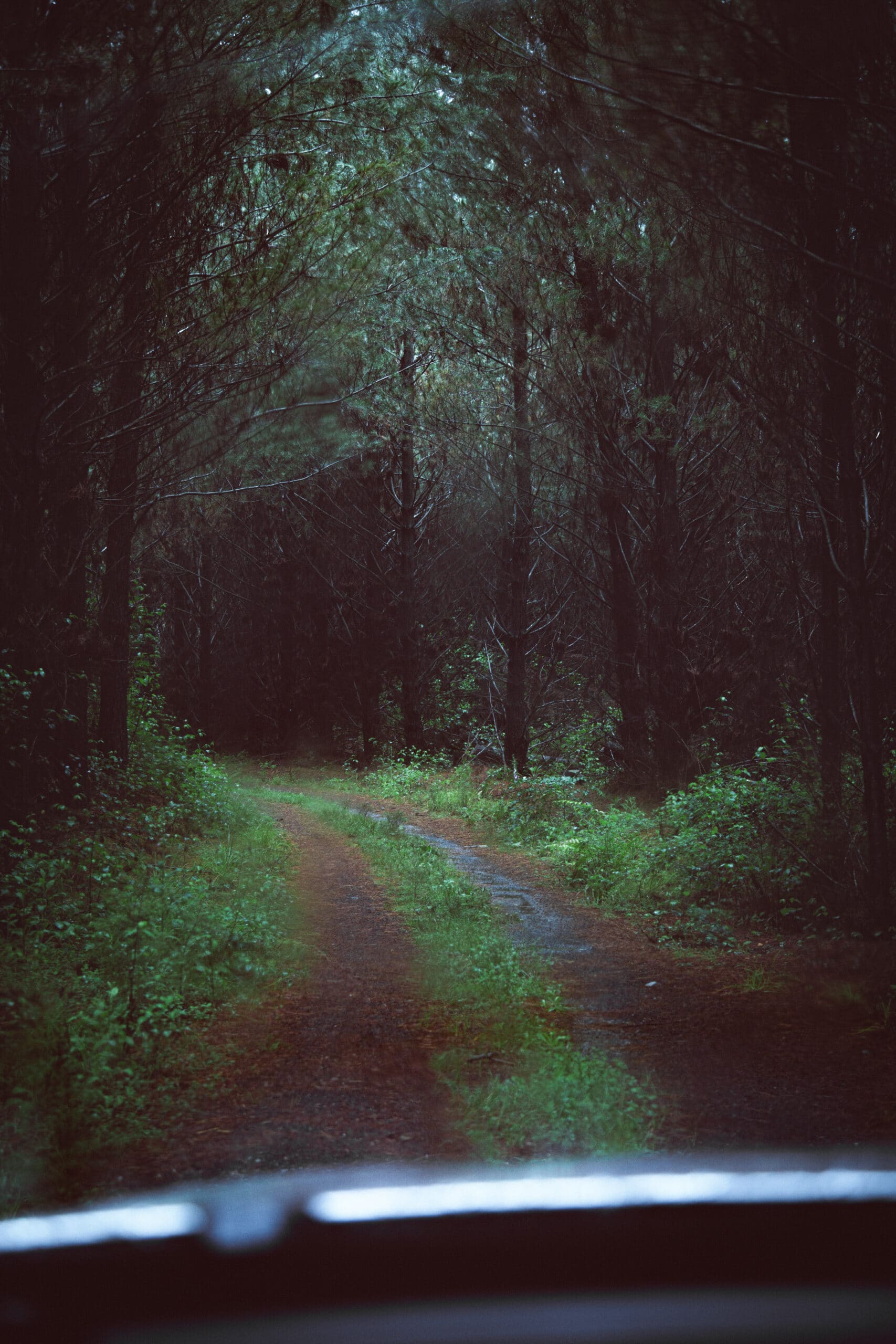Why Black Photo Editors are Necessary Right Now
The media is one of the most significant sources of socialization for individuals. Why? Because the ways particular communities are portrayed there have lasting effects. It’s true.
Consider how advertising controls what people invest in.
If you turn on the news and every platform is recycling the same story, 9 times out of 10 the significance of that story increases. It’s like a domino effect where once a particular story or perspective is deemed relevant talent, it inevitably begins to gain major traction. Whether consciously or subconsciously, it’ll be at the top of your mind in conversation. You’re even intrigued to gain insight on the topic. Your curiosity may allow you to search said topic on your smartphone or question a colleague, friend or family member on their personal take on it. As humans, we are sometimes not aware of the effect that the content we engage ourselves with has on us in that moment.
I believe visuals are the most instantaneous means of communication.
Imagery evokes emotion, both conscious and subconscious. I often refer to our photographic memory as a relative example. Think of a memory you hold dear for a moment. Whether that is a life event like graduation, a social event with friends, or maybe even your last moments with a loved one. We may not recall a particular memory, what we were doing exactly, or all the people who were present. But, you are most likely to remember a photo that encapsulates that moment.
When I remember the last few months with my late grandfather, I don’t recall what our final conversation was or even where we were for that matter. I do, however, vividly remember the last photograph I took of him – A sarcastic smirk spread across his face as if he was in question of why he was my chosen subject. His glasses sat at the edge of his nose as his eyes perched over. He wore a dark-blue button-down shirt and his hair, doused in Murray’s hair pomade, slicked his curls to the nape of his neck.
Similar to how we recall things in our lives with a photographic memory, we can also recall the depictions that we come into contact with (in particular in media). These are the images that we subconsciously digest that ultimately shape how we lead our lives, treat one another, and formulate biased or unbiased perspectives on life experiences outside of our own.
Think of it this way: as we formulate how we want to show up in the world, who we want to be, and the career path that we want to trek forth with, we simultaneously look for validation that supports those desires. We look for identifiers that make us feel like our dreams are attainable. As an adolescent, I had dreams of being part of the performing arts scene. However, there never seemed to be African American faces in the places I wanted to be.
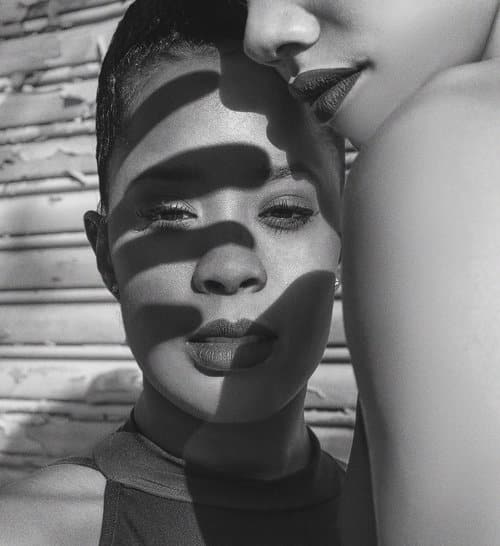
photo credit: Allison Retina Stewart
Because representation matters
and I had no representation to support my dream – it made it difficult for me as a teen to really believe that some of my dreams would ever be possible. Every poster and commercial announcing those famous NYC Broadway spectaculars were void of women who looked like me. Dictating how humans consume photography (still or moving), ultimately shifts the way people value one another’s life experiences and viewpoints. Even when it’s something as simple as Black adolescent envisioning one day becoming a Broadway dancer in a place void of our presence.
Imagine how many times you’ve failed to push forward with any plans or goals simply because there were no examples of how someone like you would look in that space? Representation paints a picture for visualizing just how realistic – and normal – it is to see yourself in a new space. It makes the dream that much more attainable. See, much like that family photograph that encapsulates a memory with no particular details to recall, representation doesn’t make us consider the details of how someone like us arrived in a space. Seeing them there solidifies the absolute possibility that we can be there too. All other details are secondary.
The question now is, what contributes to the lack of diversity being visualized?
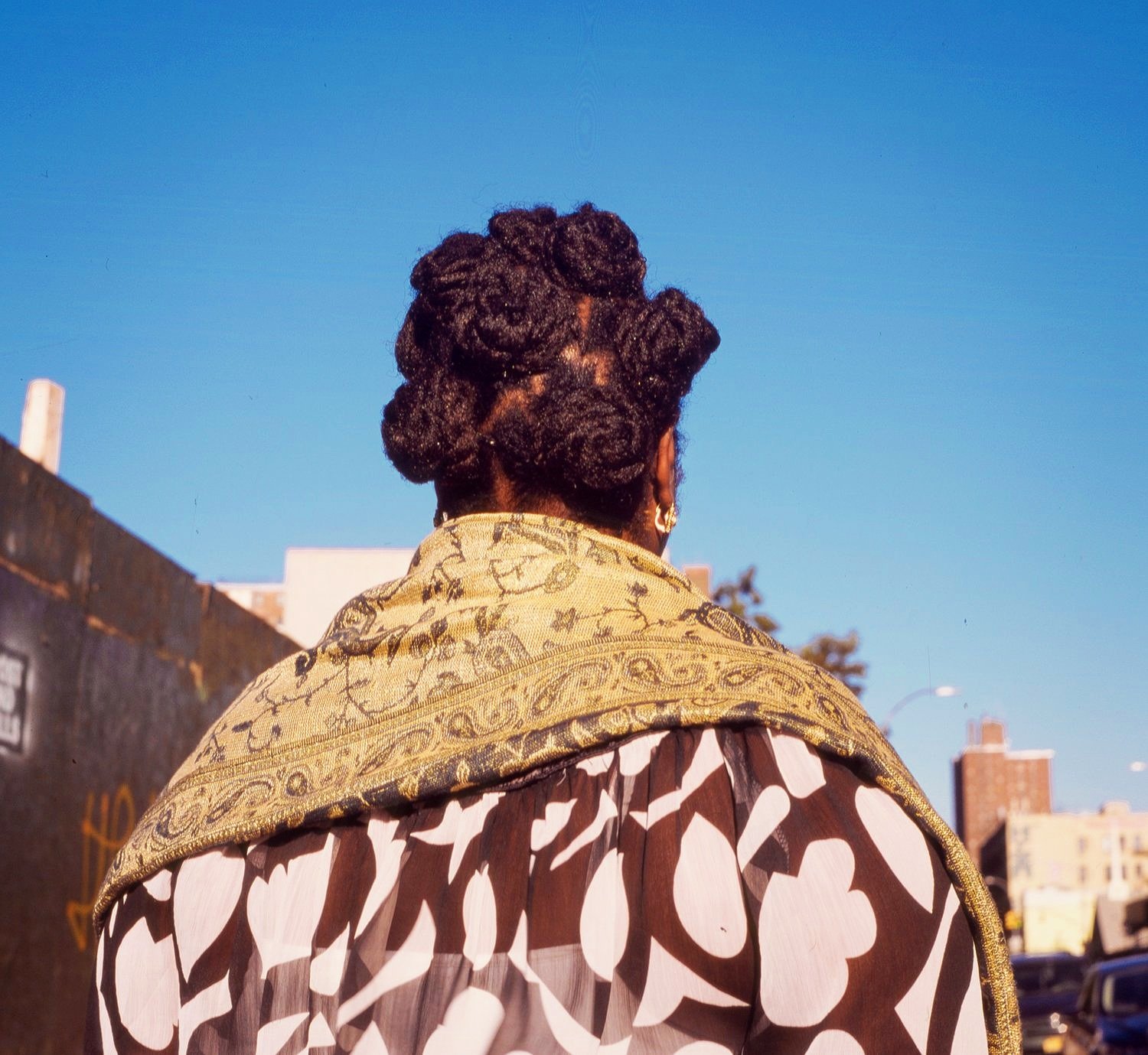
photo credit: Allison Retina Stewart
In part, that lack of diversity in these visuals begins with the lack of diversity of the individuals creating them. While most DEI (diversity, equity, inclusion) conversations center around on-screen and in front of the camera representation, the general public often fails to understand that the decision makers behind the scenes are the ones actually controlling the conversations. Often, to make a concept a reality, it’ll endure various stages of approval. Typically, the brand/client will have an idea that goes to a creative or art director who comes up with the vision for that idea. Next, the director of photography or photo editor will curate the vision and pass it to the producer (or production company) to bring the vision to life. Let’s not forget the copywriter, talent, and other members of the creative team who are tasked with weighing-in. In the best case scenario, the hope is that nuanced perspectives and opinions are offered throughout that process to ensure that whatever is being concepted accurately reflects the experience that is being advertised.
Unfortunately, we know that that’s not always the case.
Over the years, countless media publications have gone viral for all the wrong reasons. From poor editing of minority talent on magazine covers to completely altering their appearances. How people of color are portrayed in advertisements and editorial pieces has remained a contested topic.
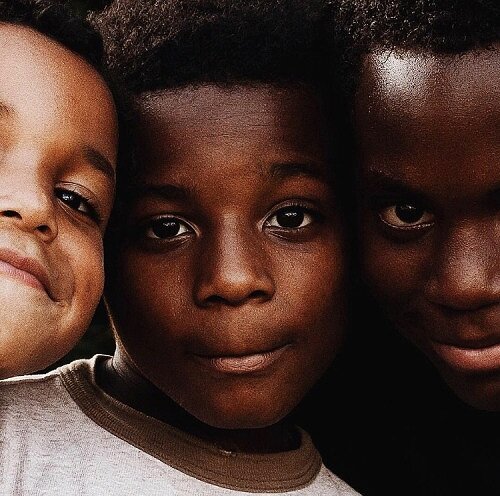
photo credit: Allison Retina Stewart
My point here is that somewhere along the line, businesses often miss the mark due to lack of diversity in the development process. Photo editors and senior executives can shift narratives. They yield the power to change the way people interpret experiences, products, and topics by simply hiring photographers that can best tell the story. I notice often that there’s a common, misinformed idea of what an ‘experienced photographer’ is. I’ve also noticed that the same handful of photographers are usually hired for the high-paying campaigns. I’ve also noticed that those photographers often do not look anything like me – Black, just in case you’re wondering -or any other Black, Indigenious, and Person of Color, more familiarly known as BIPOC to this generation. They don’t come from where I’m from or have any aligning viewpoints. Once you’ve learned that less than 25% of photo editors in the United States are people of color, the issue becomes overwhelmingly apparent.
Photographers, creative and art directors, and photo editors dictate what and who is seen.
We establish what’s cool. We set the vibe. We set and solidify a narrative. That is a task that I don’t take lightly as a person of color occupying the 3.8% of Black photo editors in America. I can spend hours divulging the belief that “good photographers” merely translates to white and male. While I don’ t make the statement to offend or to disregard the talent of the majority in any way, I do hold the responsibility of introducing an alternative candidate. The reason that the BIPOC candidates are not considered isn’t because they are not experienced enough for the assignment nor because the work doesn’t lend to the talent. The reason why black photographers aren’t hired is often because they don’t have the “experience” that companies and publications deem worthy:
Their resumé is missing a highly-acclaimed portfolio review. Their CV doesn’t reflect any prestigious group shows. They didn’t get an education from a renowned art school. Because of this, the opportunity to attain their first taste of experience in the world of photography is snatched in the same instance it grazes their fingertips.
I’ve put much thought into what it will mean to have BIPOC candidates be a continuous part of the conversation and mentorship is the answer – having people like me to push for their work to be considered fairly, while giving them the tools to advocate for their talent as well. I’ll look through countless portfolios to ensure that creative works by people of color are considered and acknowledged as much as their counterparts. There are Black, Indian, asian, latino, pacific islander, and indeginous people that have voices that need to be heard. Their voices and vivid stories shine proudly through every scene that they capture. Yet the people often hired to capture stories, campaigns, or editorials, are so far removed from the stories they’ve been hired to tell. What does this say about the authenticity of the visual stories we share or better yet, the ones we purposefully circulate through the media.
As a photo editor, photo researcher, photographer, and creative entrepreneur, I’ve had the privilege to create content that transcends industries, from music where I began my career as an intern at The Source Magazine, to pop culture/media at Refinery29, to sports at the NBA/Fightball, and now advertising at Godfrey Dadich Partners. While I’ve had the opportunity to work on incredible projects in the industry I love, I’ve also noticed its shortcomings as it pertains to art direction and content creation that most authentically embody the stories of people from all backgrounds.
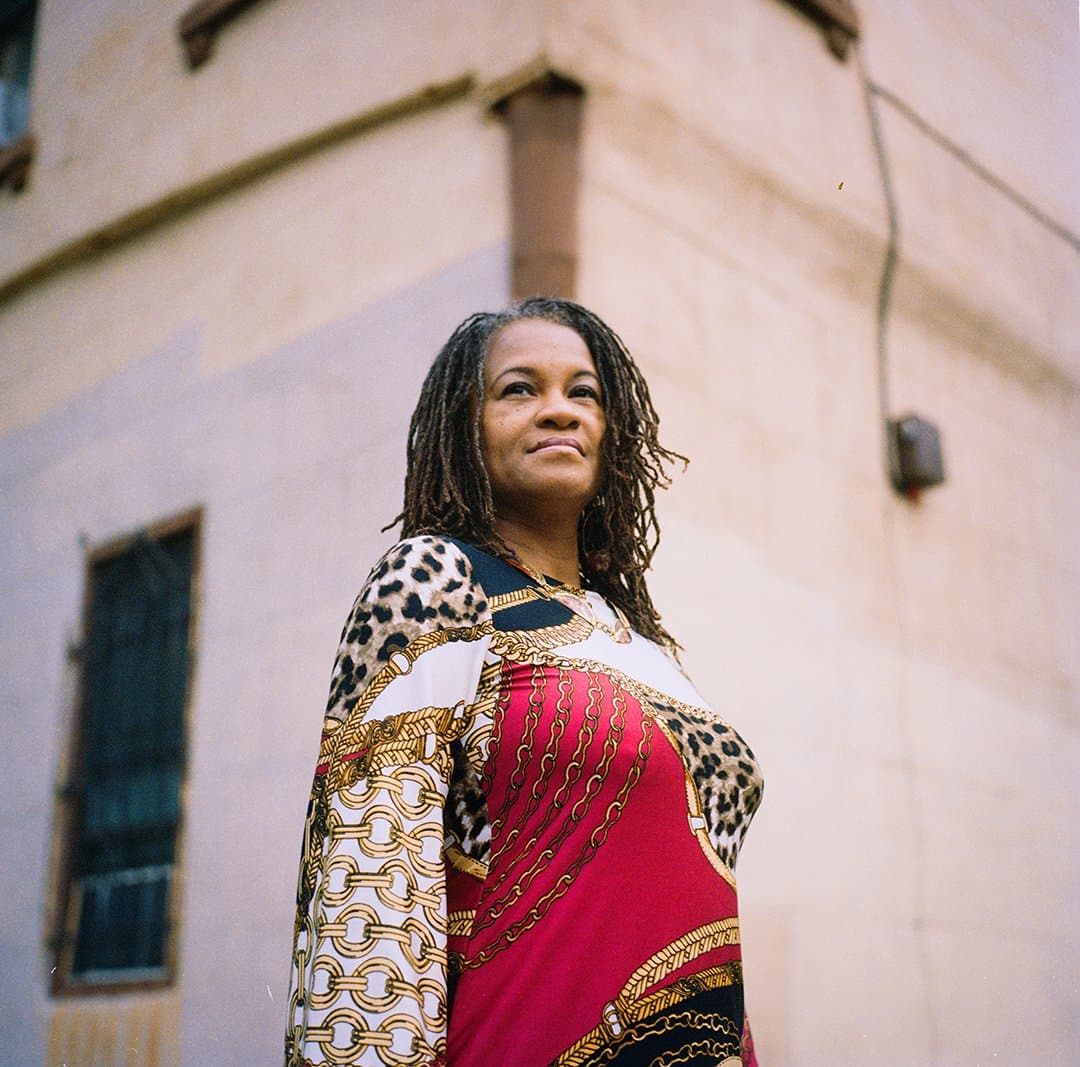
photo credit: Allison Retina Stewart
At any given time in my career, I’ve often been the only person of color or only female in the room, at the production meeting, or on set. I can recall on numerous occasions where I involuntarily became the voice for all people of color, and while I am proud of everything that I am, the fact of the matter is that people of color are not one-dimensional. We all have diverse life experiences — and my sole viewpoint should not speak for everyone in my lineage.
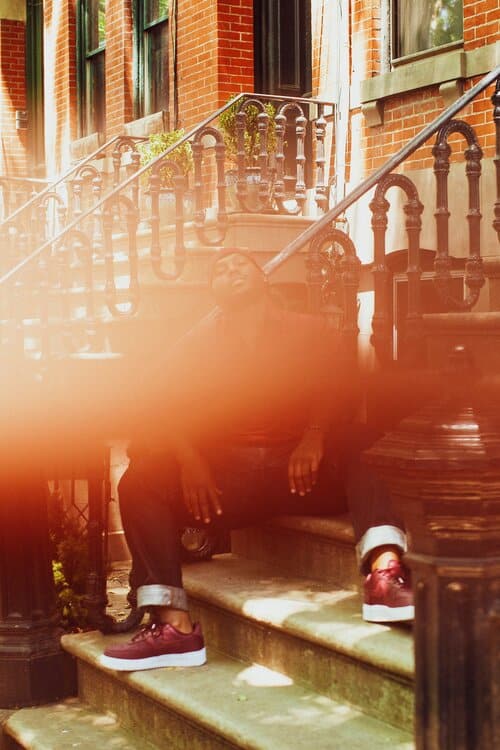
photo credit: Allison Retina Stewart
By incorporating diversity at the ideation level in advertising, the outcome of commercials, billboards, magazine content, and other media will subsequently be more inclusive. In the summer of 2020, I recall reading an article featured on Aperture by Will Matsuda, as he interviewed Danielle Scruggs, a Chicago-based photo editor at Getty. It resonated with me wholeheartedly—
“The whole reason why there is so much racism, sexism, ageism, classism in the industry is because all of that exists in society.”
Non-profits, media outlets, museums, and photography schools attempt to alleviate this contradiction by elevating “diverse” photographers, giving them grants or putting them on diversity panels. But who actually benefits from those panels? How does a grant or scholarship fix a systemic failure? And who benefits from highlighting Black photographers only during a time of crisis?”
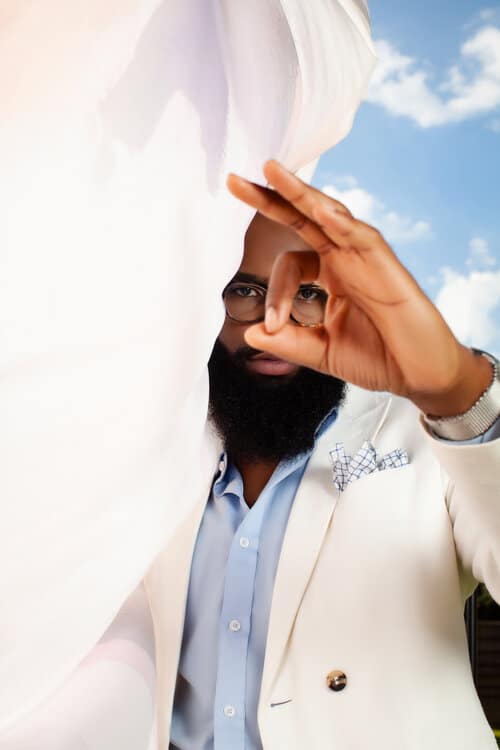
photo credit: Allison Retina Stewart
Senior executives looking to ensure that their content is equitable can leverage the communities created by organizations such as Black Women Photographers and Free Juice – the photography industry non-profit I created to connect POC photo professionals to share resources and opportunities that promote diversity while supporting POC talent in the creative industries.
The importance of BIPOC photo editors in the photo industry right now is to provide an alternative perspective to the masses.
To make sure that people of color are represented, means that we honor the responsibility that all people are represented and at the very least, considered. We are the culture influencing the world. I’m hopeful that the industry will utilize the weight of their power to impact people’s perspective in a meaningful way.
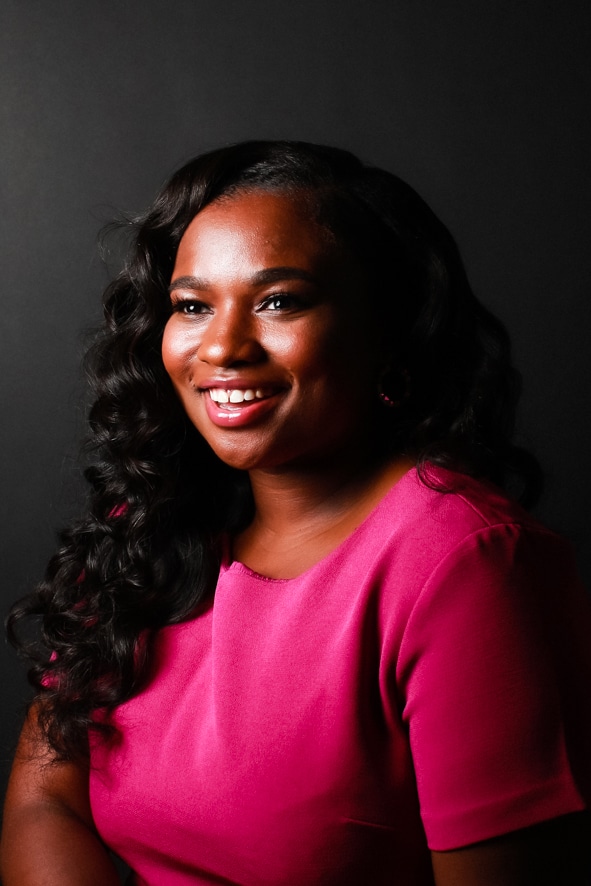
Allison Retina Stewart is a Houston born photo editor, photo researcher, photographer and creative entrepreneur known for her work with the NBA, Refinery29, Glossier, SeatGeek, and Godfrey Dadich Partners. She is also the founder of non-profit organization Free Juice. Independently, Stewart has developed her personal brand as a trusted consultant working as a commissioned photographer with Exxon, a video producer for Live Nation, and a featured artist with Afropunk, The Photographer’s Gallery and The Lark.
